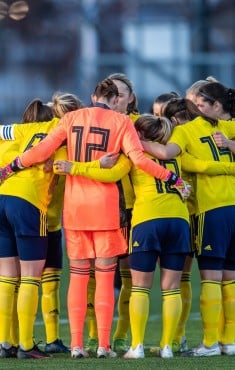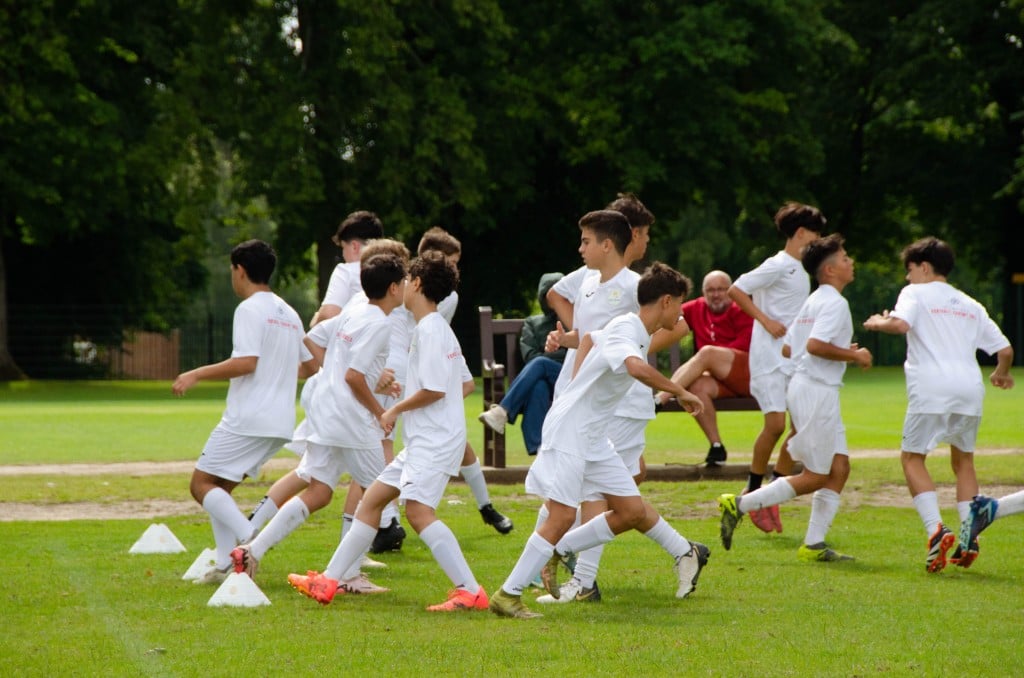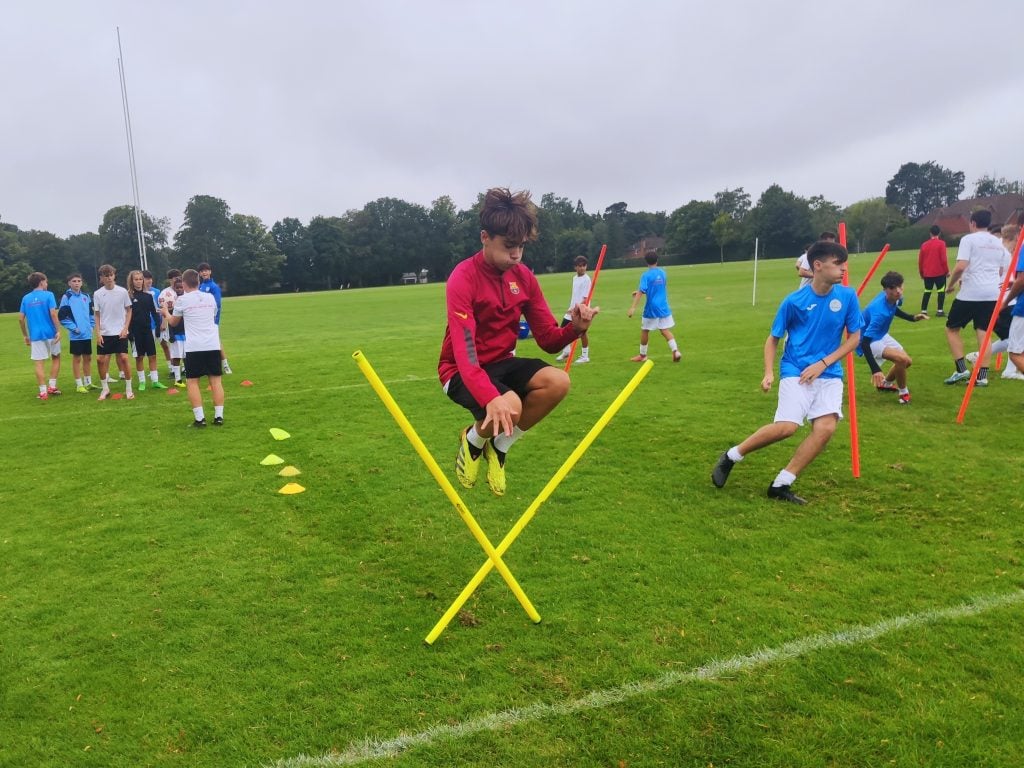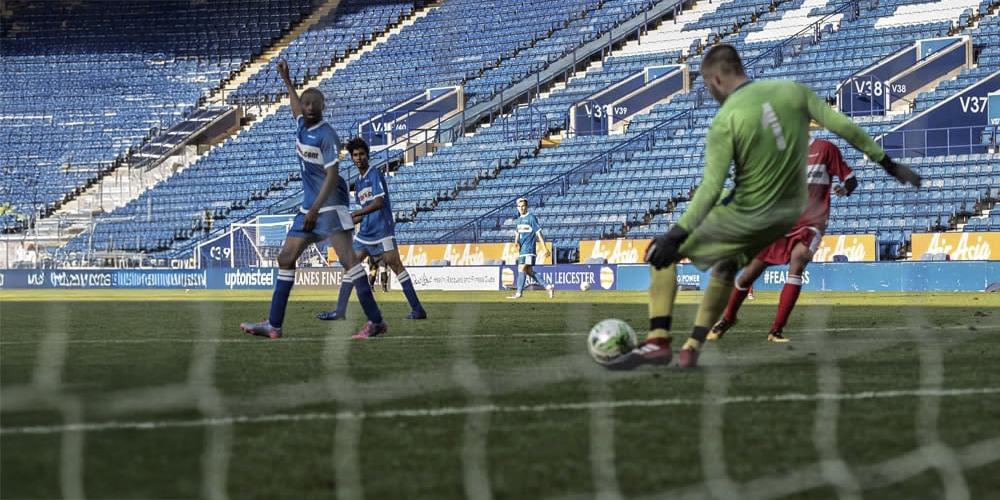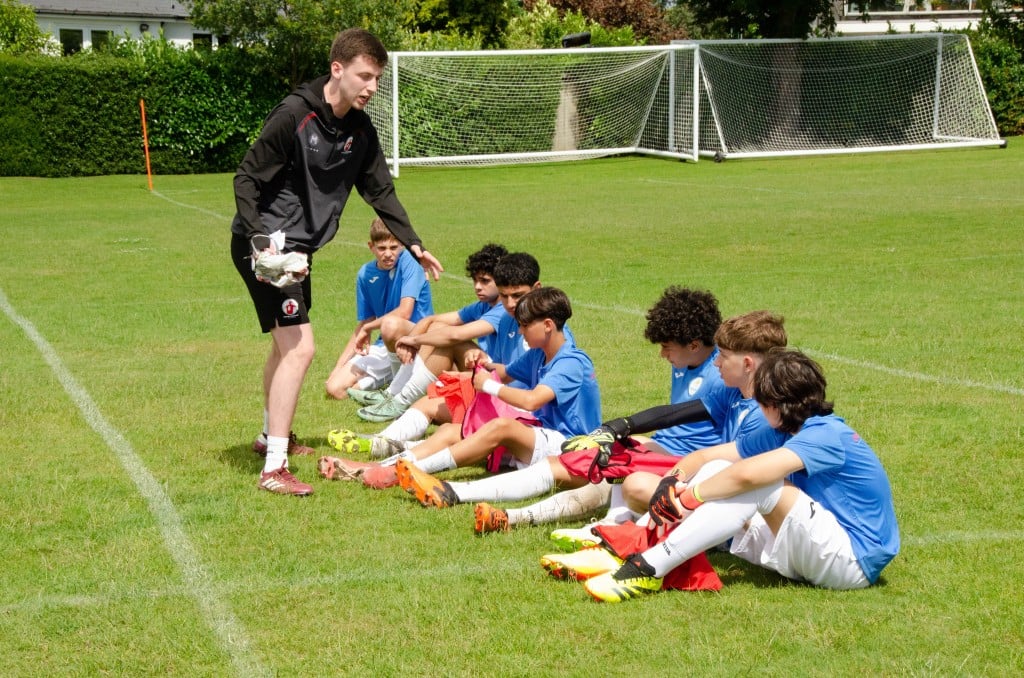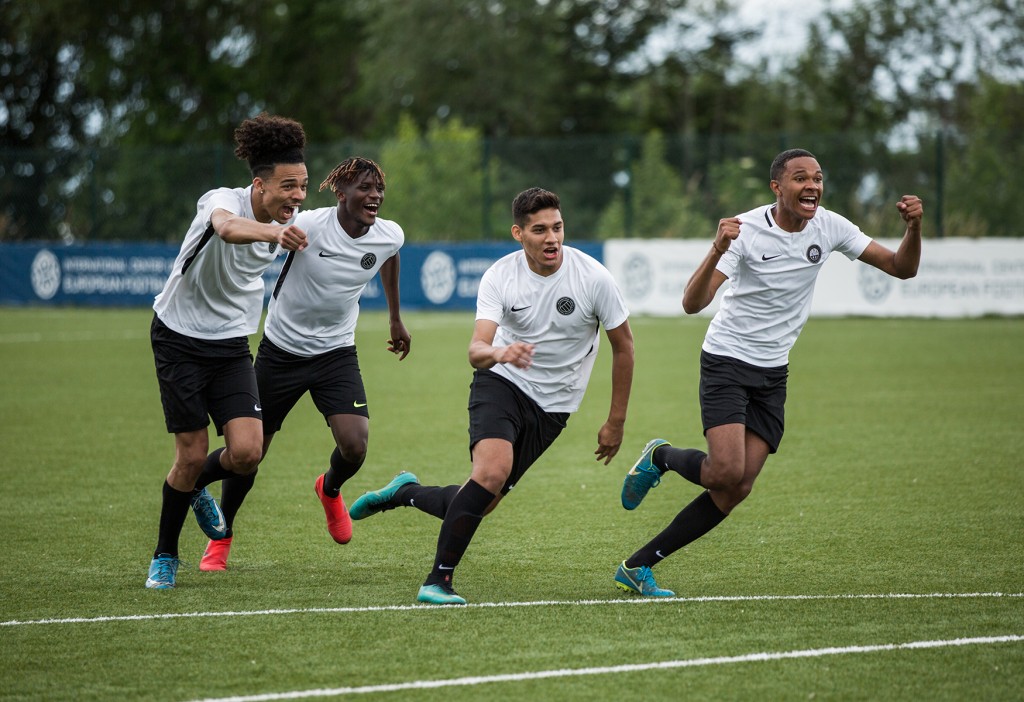Despite of the big evolution of women’s football in recent years, the truth is that the history of women’s football has not been straightforward.
Fortunately, these days we are assisting its popularization. So from some years, women’s football is getting more attention by the media, by football clubs, which are starting to invest more in their women´s league, and also by sponsors, they are starting to invest and promote women’s football competitions.
Consequence of that is a renewed interest by the public. A public that is filling up the stadiums and started watching TV broadcasts. And of course, a lot of little girls and young ones want to mimic their idols and become footballers. Logically, as a consequence of that, an important increase in the number of women’s football clubs is happening and also women’s football camps for young girls.
Ultimately, we are attending at the long waited women’s football boom, at last. An explosion that was possible by breaking those barriers and prejudices that has been weighing on it.
History and beginnings of Women’s football
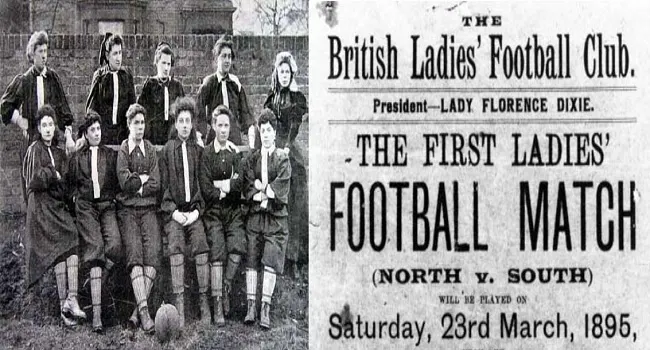
The history of women’s football is much more extensive than some think. Its origins just as men´s football come from Great Britain. There, the first matches were played in 1880, meaning, almost 150 years ago.
The first women’s club, the British Ladies football Club was funded in 1894 by Nettie Honeyball, an activist and defender of women’s rights. The team was coached by a Tottenham Hotspur player, John William Julian and headed by Lady Florence Dixie.
It was this club that organized what it is considered the first official women’s football match. The match was played between North and South (both composed by players from the British Ladies Football Club) in the Crouch End Athletic Stadium before the negligible amount of 10.000 spectators.
Unfortunately, with time and mainly because of the First World War, women’s football got a big popularity in England, but it was not recognized for the FA (Football Association) until the end of The World Cup in England in 1966. There is no doubt that the lack of recognition (even boycott) by the FA represented an important obstacle of its expansion a development.
In 1970, in the Italian city of Turin the Women’s International Football Federation was created. This unfortunately wasn’t recognized by the FIFA. Even yet, its labor was fundamental for boosting women’s football. In fact, that same year the first “unofficial” Women’s World Cup was celebrated, in which the Denmark national team took the championship, a total of seven countries participated.
After that first World Cup, then the next one was celebrated in Mexico in 1971, where Denmark took the victory again. The championship was well received and it was a public success.
Something similar happened in Spain, where it wasn’t up to 1983 when the Spaniard Federation of Football recognized at last the women’s football team. By then, a men’s World Cup was already been celebrated in that country. Not only that, every Spanish player who played in the Spanish team before that day remains to be recognized as International.
It was in that same decade when the FIFA finally decided to recognize women’s football. One of the most important consequences of that was the celebration of the first official World Cup, which took place in China in 1991. Twelve teams participated and the USA team was the champion. The tournament once again piqued the public’s interest.
Five years later the International Olympic Committee decided to include women’s football in the Olympic Games.
Evolution: amateur women´s football to the star
The Champion´s League had to wait longer to have a women’s competition. Nevertheless, the truth is that the Women’s Champions League is one of the biggest catalytic in the process of women’s football professionalization, since its picking its interest in a very impressive way. The best example is the 2022 semifinals game in Camp Nou between Barça and Wolfsburgo before 91.648 spectators.
In Spain, Women’s First Division Football is officially professional since June 15th of 2002. However, when that happened, the competition had been picking the interest of its followers and football fans for years.
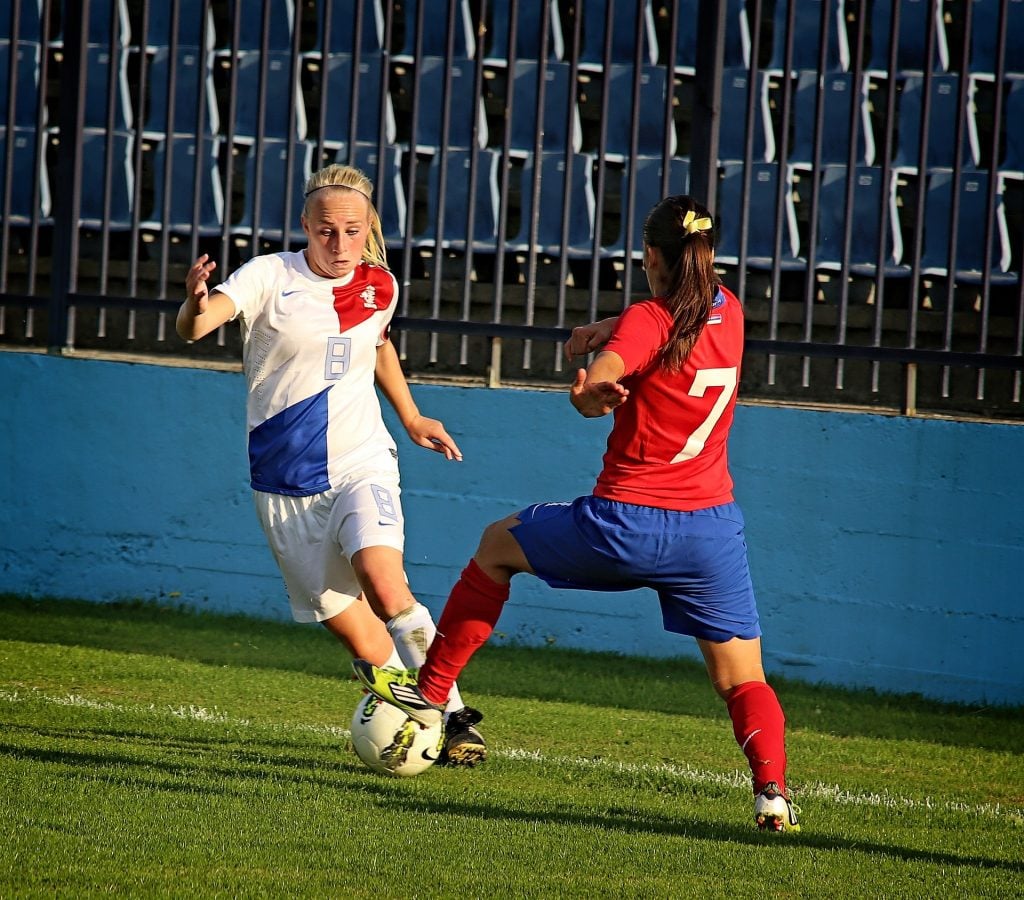
That path from amateur to professional had brought with it a breach of world stars status players. One of the best known is the American Megan Rapinoe, winner of the Ballon d’Or in 2019 and a strong defender of women’s human rights and LGTBQ rights.
In Spain, without a doubt, the most popular player is Alexia Putellas, form the F.C Barcelona and winner of the Ballon d’Or in 2021 and 2022.
The example of these big players is without a doubt an inspiration for the new generation of footballers and a large number of young girls that are in a very early stage in the Sport King. Some of them even expect to develop a professional career as Football players. And is that professionalization of women’s football is also being given as a part of the formation processes, for example, women’s football camps and football schools for girls.
Turning point about why women´s football is growing so much
The turning point in the evolution of women’s football in the last few years can be found in the support of institutions and the media. The base was already there. The interest of women for football and to practicing it, as well as a big number of men and women fans of women’s competitions were already there. However, for that interest to finally materialize it was necessary let women´s football to be seen, and offering a different look from what until then had been shown.
Of course, there are many causes for the current explosion of women’s football. And without a doubt one of the most important is the effort of many players, fans, management, coaches and social activists to achieve once and for all a fair and better valued view of women’s football.
Conclusion
The evolution of women’s football in the last years allows glimpsing a bright future. However, and although nowadays its growth seems definitively unstoppable, there are still some barriers to break and prejudices to face.
References
[https://www.uefa.com/womenschampionsleague/]
[http://www.csd.gob.es/es/el-csd-aprueba-la-profesionalizacion-del-futbol-femenino-0]
[https://as.com/futbol/2022/03/30/femenino/1648644827_435893.html]
[https://www.rtve.es/deportes/20220422/barcelona-femenino-repite-record-asistencia-91648-espectadores/2337460.shtml]
[https://www.futfem.com/articulo/sin-categoria/evolucion-futbol-femenino-ultimos-anos/20220518192226007333.html]
[https://www.fifa.com/es/womens-football/news/desarrollo-futbol-femenino-un-poco-de-historia]
[https://www.abc.es/contentfactory/post/eslaliga/los-grandes-cambios-del-futbol-femenino-a-lo-largo-de-los-anos/]
[https://www.hoysejuegafem.com/historia-del-futbol-femenino/]
[https://generaciondospuntocero.com/historia-y-evolucion-del-futbol-femenino-en-espana/]
[https://www.publico.es/uwu/viral/la-evolucion-del-futbol-femenino-como-se-consigue-llenar-un-camp-nou/]
[https://especiales.marca.com/futbol/historia-futbol-femenino/evolucion-espana.html]
[https://misamistosos.com/historia-del-futbol-femenino/]
[https://us.marca.com/soccer/futbol-femenino/seleccion-usa-femenina/2022/07/13/62cef7c146163fccb68b45a5.html]
[https://es.wikipedia.org/wiki/Megan_Rapinoe]
[https://es.wikipedia.org/wiki/Bal%C3%B3n_de_Oro_Femenino]
[https://www.ertheo.com/blog/boom-futbol-femenino/]
[https://www.ertheo.com/blog/programa-futbol-para-chicas/]
[https://www.ertheo.com/campamento-futbol-chicas-barcelona]

